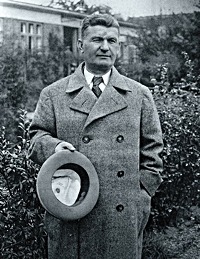Jakob Nielsen publishes an Alertbox:
People can use computer systems for years without knowing about features that would be very useful to them. This is true even for productivity applications that people rely on for their livelihood, such as email, word processing, and spreadsheets. In testing intranets, we frequently find that employees are unaware of key enterprise features.
This seems like a paradox, because users would gain substantial benefits — potentially accrued over several years — if only they bothered to spend a few moments looking around the user interface. The ROI seems clear.
However, while users might have a mathematically true ROI from learning more about user interfaces, the ROI might not be so clear from a behavioral standpoint. The problem is that the investment occurs immediately: users must suffer the interaction cost of navigating through obscure parts of the user interface. In contrast, the benefit is deferred: users realize it only in small increments in some undefined future moments when they might use newly discovered features.
And then he provides tips on how to encourage learing. First among them: Fewer features.
